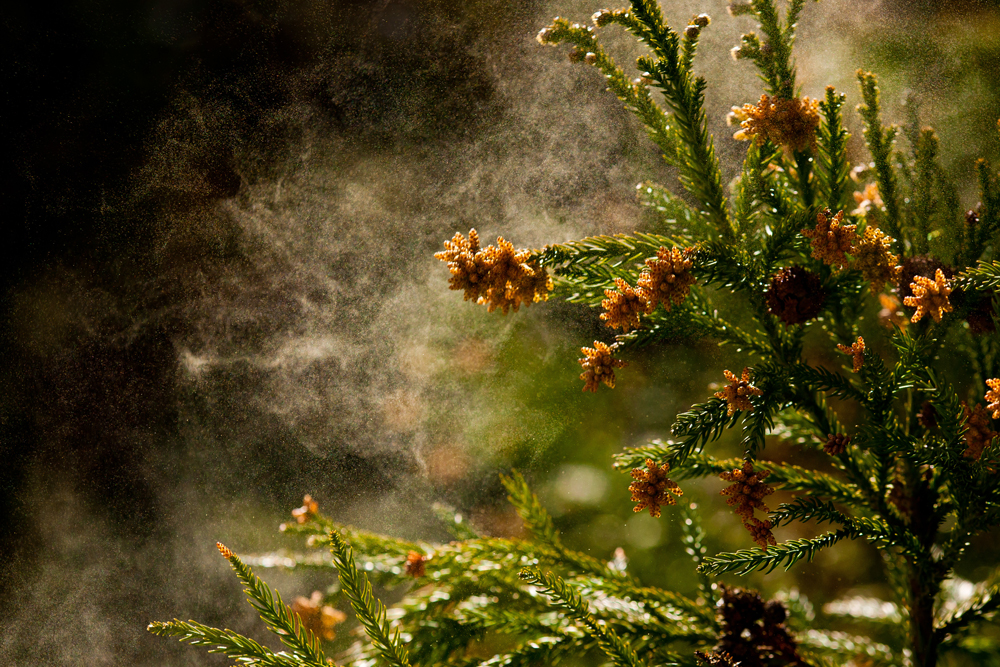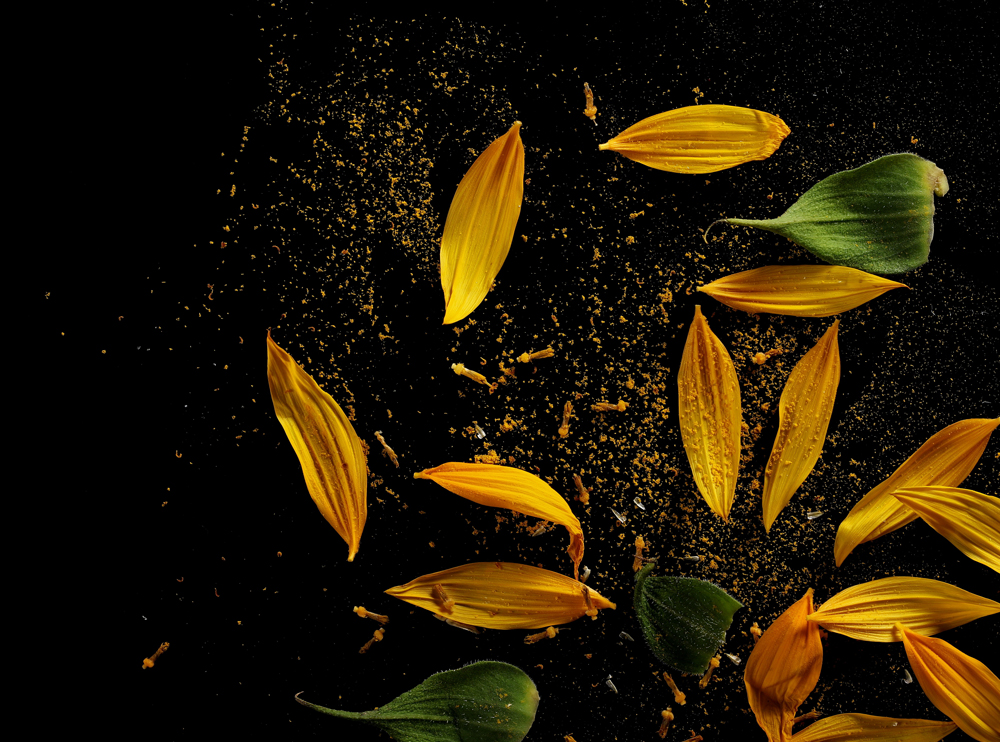As winter loses its grip, giving way to the long, warm days of spring and summer, a multitude of trees, scrubs, grasses, and weeds begin spraying pollen into the atmosphere, bringing hay fever misery to millions seemingly at a moment’s notice. Known medically as allergic rhinitis, hay fever produces an array of symptoms–runny, stuffy, and itchy nose, sneezing, ear congestion, red and watery eyes, and postnasal drainage, among others–and though it’s quite common, it’s tough to take lightly.
Hay fever can reduce the quality of your life, interrupting sleep and draining your energy, and it has a significant impact on our healthcare system. According to the American College of Allergy, Asthma, and Immunology, about 50 million Americans suffer from allergies in one form or other, and allergies are the 6th leading cause of chronic illness in the United States. Annual treatment costs exceed $18 billion.
In Texas, the hay fever season never really ends because of the state’s largely temperate climate. Much of the rest of the nation faces frequent freezes that limit pollen production. Plants in Texas, however, endure only brief freezes, if any at all, allowing them to pollinate all year. So whatever the season, Texans are bombarded with pollens produced by a huge variety of trees, grasses, and weeds. Oak, fescue, cottonwood, ragweed, and mountain cedar are some of the most common culprits.
Indoors, too
Not all allergens are found outdoors. Inside, tiny dust mites (invisible to the naked eye), mold, pet dander, and some insects are all potentially potent sources of allergens. According to one study, 63 percent of American homes contain cockroach allergens.

Preventive Measures
Though you can never completely escape these allergens, you can take preventive measures to reduce the likelihood of being seriously affected by them.
- Use local weather reports or online sources to monitor pollen counts and limit outdoor activities when counts are high.
- Keep your windows closed and use quality, allergen-resistant filters in your HVAC system.
- Bathe and wash your hair daily.
- Dry your clothes indoors, not outside. Wash your bedding in hot, soapy water weekly. Fix water leaks and clean up water damage that can help mold and pests flourish.
- Clean moldy surfaces and any places that mold may form, like humidifiers, air conditioners and refrigerators.
In addition, self-medication with OTC antihistamines can help, and in cases of serious allergic problems, you may need professional medical assistance.
Read more about seasonal allergies HERE on LivingMagazine.net











